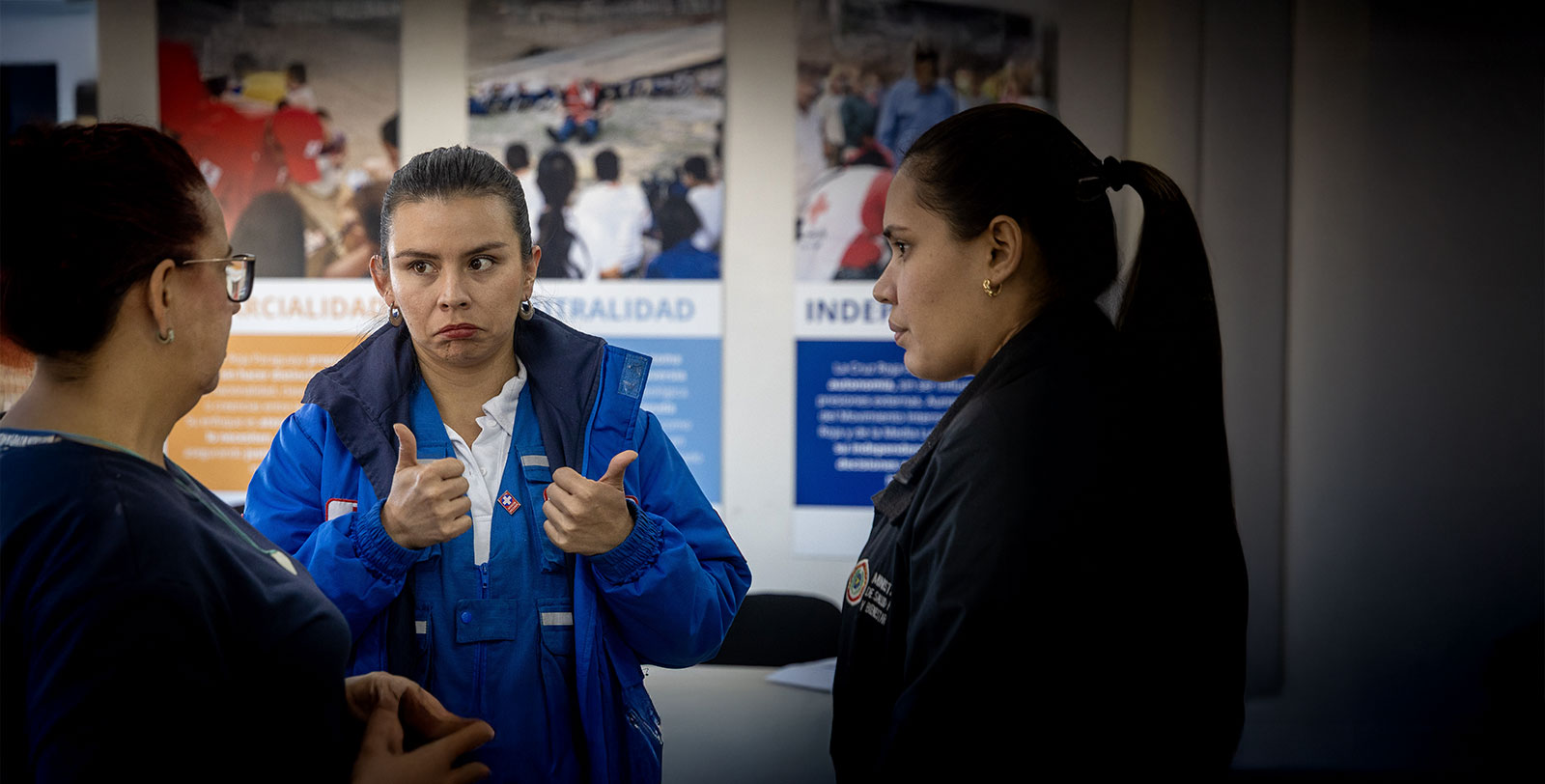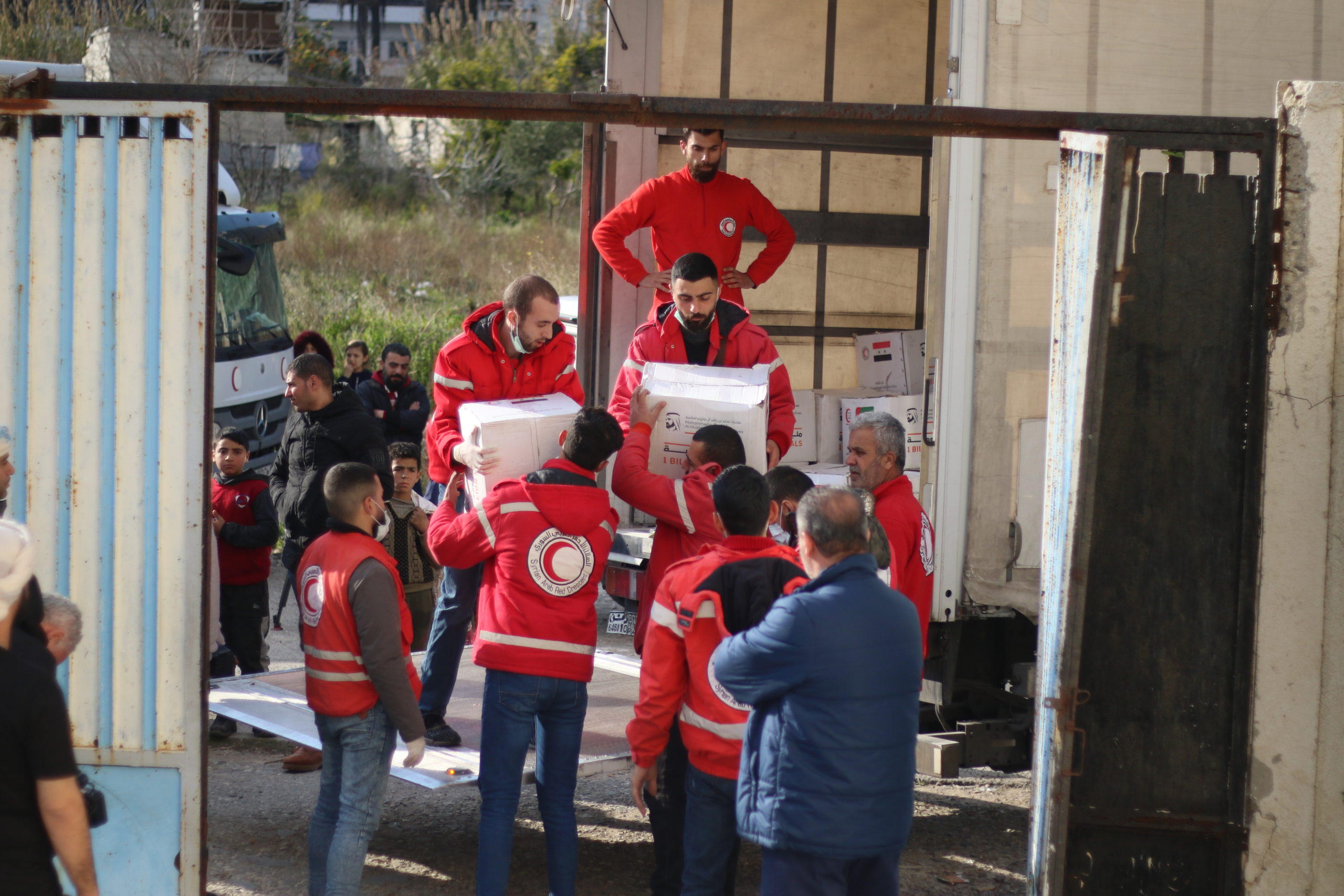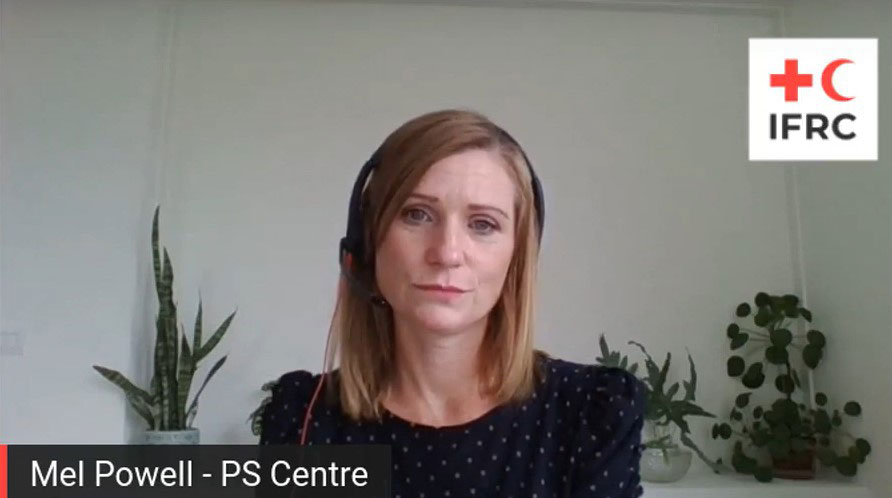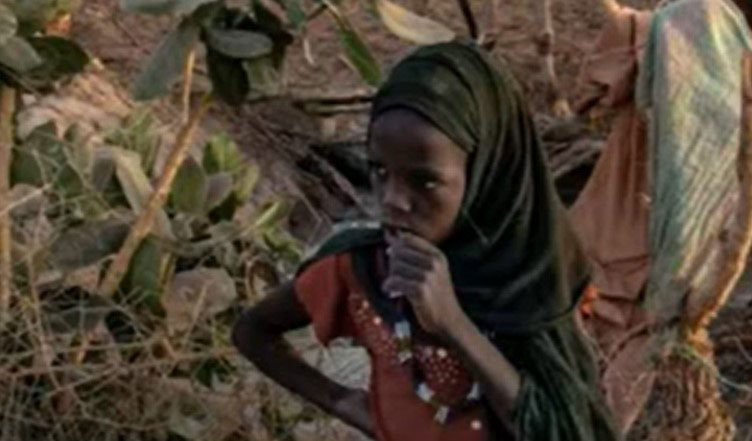The recent earthquakes in Syria and Türkiye remind us of the immense human suffering that occurs during, and long after, disasters. They also are a stark reminder of our vulnerability to the hazards of our planet.
Often when we talk about ‘natural disasters’ there can be an underlying belief that there is nothing we could have done to prevent calamity. But there are many things we can do and much we have learned from disasters of the past. Just as human activity has accelerated climate change, our interaction with the world we live in contributes to natural hazards becoming disasters.
There is no such thing as a natural disaster, but disasters often follow natural hazards
Floods, fires, earthquakes, and extreme weather are all hazards. They are part of life on this planet. Our health is intertwined with these hazards. In many parts of the world, regular flooding and fire enable the land to feed us. We have built our communities near rivers, on coastlines, on the slopes of volcanoes, in mountains and rainforests because these places sustain and nurture us. However, they also come with the risk of hazards.
Many disasters occur because of the interaction between the infrastructure and systems we have built, and the natural environment around us. As the figure below shows, exposure and vulnerability to hazards compound the risk of disaster. Communities that are marginalized, excluded, and experiencing poverty are disproportionately affected by disasters. Understanding disaster risk is a key priority of the Sendai Framework for Disaster Risk Reduction which maps out actions to reduce disaster risks at local, national, and global levels.

What is a disaster?
Disasters are serious disruptions to the functioning of a community that exceeds its capacity to cope using its resources. Disasters can be caused by natural, man-made, and technological hazards, as well as various factors that influence the exposure and vulnerability of a community.
Learn more at https://www.ifrc.org/our-work/disasters-climate-and-crises/what-disaster





